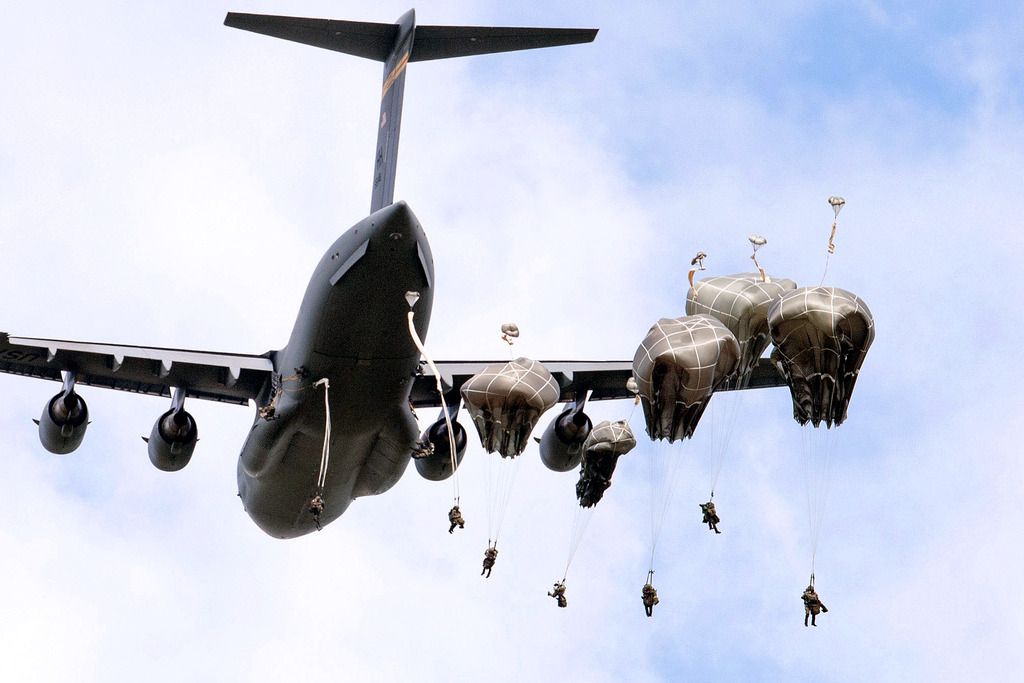Hi folks,
I nothing about Japanese paratrooper equipment. This appears to be a large, silk parachute , bag, and smaller parachute intended for paratroopers, not aircrew. It has some edge damage, but appears to have all the lines attached and they terminate into riser bundles.
I think it is Japanese Army paratrooper, but am not certain. I base this on the fact it had a green and yellow pack with it, but it got lost along the way.
Can anyone confirm it's for paratroopers, and also identify what the smaller parachute and wooden ring night be for?
I appreciate the help - regards, Robert
I nothing about Japanese paratrooper equipment. This appears to be a large, silk parachute , bag, and smaller parachute intended for paratroopers, not aircrew. It has some edge damage, but appears to have all the lines attached and they terminate into riser bundles.
I think it is Japanese Army paratrooper, but am not certain. I base this on the fact it had a green and yellow pack with it, but it got lost along the way.
Can anyone confirm it's for paratroopers, and also identify what the smaller parachute and wooden ring night be for?
I appreciate the help - regards, Robert



Comment